GE IS200TBAIH1CED Product Introduction
1. Product Description
The GE IS200TBAIH1CED is a key module belonging to the GE Mark VIe series, specifically designed as a terminal board assembly for industrial control systems. It serves as a critical interface component, facilitating the connection and routing of signals between various elements within complex control setups. Its robust design ensures reliable signal transmission, making it suitable for demanding industrial environments where precise and stable communication between system components is essential.
2. Product Parameters
|
Parameter
|
Details
|
|
Signal Type Support
|
Accommodates analog and digital signals for versatile system integration
|
|
Terminal Configuration
|
Multiple terminal points for secure wire connections, with clear labeling for easy identification
|
|
Voltage Rating
|
Compatible with standard industrial control voltages, typically up to 250V AC/DC
|
|
Current Rating
|
Designed to handle standard industrial signal currents, ensuring safe and stable operation
|
3. Product Specifications
- Physical Dimensions: Compact and space-efficient design to fit into standard industrial control enclosures, with dimensions optimized for seamless integration into existing system layouts.
- Mounting Method: Features a sturdy mounting design, often utilizing screws or clips for secure installation on DIN rails or control panel surfaces, ensuring stability even in vibrating industrial environments.
- Environmental Resistance: Operates reliably within a temperature range of -20°C to +60°C, with protection against humidity, dust, and minor mechanical stress to meet industrial durability standards.
- Material Construction: Constructed with high-quality, flame-retardant materials to enhance safety and longevity in industrial settings.
4. Series
The IS200TBAIH1CED is part of the GE Mark VIe series, a renowned lineup of industrial control components known for their advanced technology, high reliability, and compatibility. The Mark VIe series builds on the success of previous generations, offering enhanced performance, flexibility, and integration capabilities to meet the evolving needs of modern industrial automation.
5. Features
- Versatile Signal Compatibility: Supports both analog and digital signals, allowing it to interface with a wide range of sensors, actuators, and control devices in industrial systems.
- Secure Terminal Connections: Equipped with high-quality terminals that provide strong and stable wire connections, minimizing signal loss and ensuring consistent performance over time.
- Clear Labeling: Terminal points are clearly labeled for easy identification during installation, maintenance, and troubleshooting, reducing the risk of wiring errors.
- Industrial-Grade Durability: Built to withstand harsh industrial conditions, including temperature fluctuations, vibrations, and exposure to dust and moisture, ensuring long-term reliable operation.
- Easy Integration: Designed for seamless integration into Mark VIe control systems, with standardized interfaces that simplify setup and configuration.
6. Function
The primary function of the IS200TBAIH1CED is to act as a terminal board assembly, providing a centralized point for connecting and routing signals between different components of an industrial control system. It facilitates the transmission of analog and digital signals from sensors and other input devices to control modules, as well as the distribution of control signals from these modules to actuators and other output devices. This ensures efficient and accurate communication within the system, enabling precise monitoring and control of industrial processes.
7. Use
In industrial control systems, the IS200TBAIH1CED is used to streamline the wiring and signal routing process. It serves as a junction point where wires from various sensors, actuators, and control modules are connected, allowing for organized and manageable signal transmission. For example, in a turbine control system, it can connect temperature sensors, pressure transducers, and flow meters to the main control module, while also routing control signals from the module to valves, motors, and other actuators. This simplifies system installation, maintenance, and troubleshooting by providing a centralized and labeled connection point.
8. Application Fields
- Power Generation: Widely used in gas turbine, steam turbine, and hydroelectric power plants. In gas turbine facilities, it helps route signals between sensors monitoring combustion parameters, fuel flow, and turbine speed to the control system, as well as control signals to fuel valves and other actuators. In steam turbine plants, it facilitates signal transmission for steam pressure, temperature, and flow monitoring and control.
- Industrial Manufacturing: Applied in manufacturing facilities with complex control systems, such as those in automotive, chemical, and pharmaceutical production. It connects sensors and actuators in production lines, enabling precise control of machinery, conveyor systems, and process parameters to ensure consistent product quality and efficient production.
- Oil and Gas Industry: Used in oil and gas production, refining, and transportation facilities. It plays a role in routing signals for monitoring and controlling pumps, compressors, valves, and other equipment in drilling rigs, pipelines, and refineries, ensuring safe and efficient operation in harsh and demanding environments.
- Water and Wastewater Treatment: Deployed in water treatment plants to connect sensors and control devices involved in water purification, pumping, and distribution processes. It ensures reliable signal transmission for monitoring water quality, flow rates, and pressure, as well as controlling treatment equipment and valves.




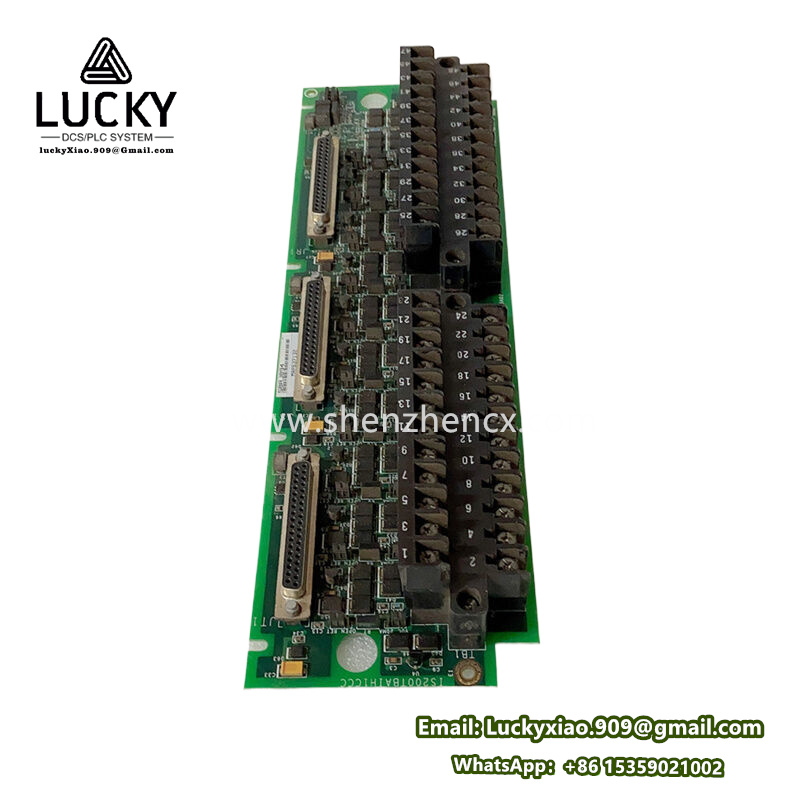
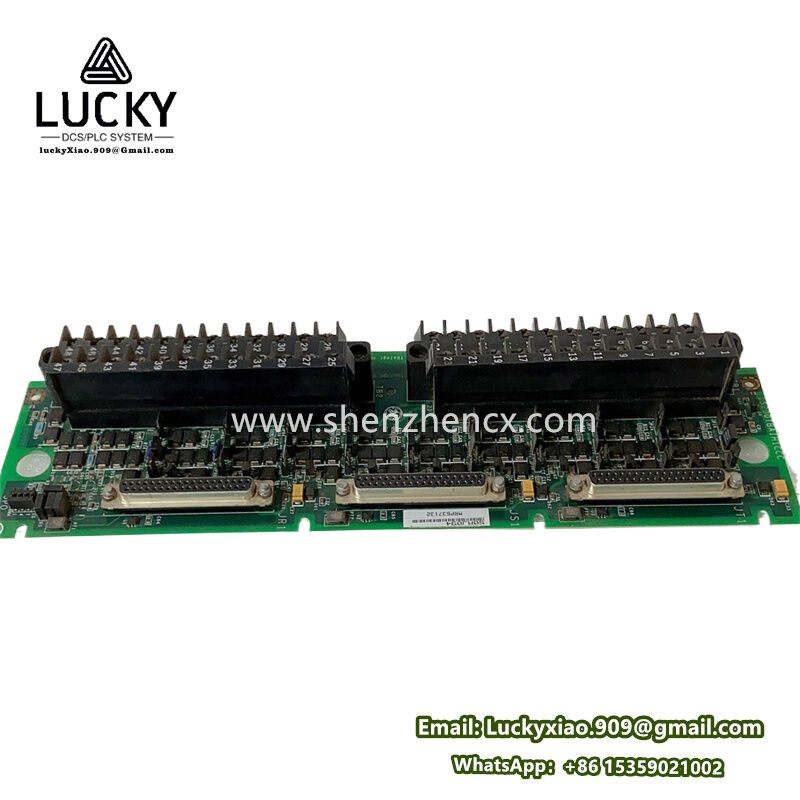
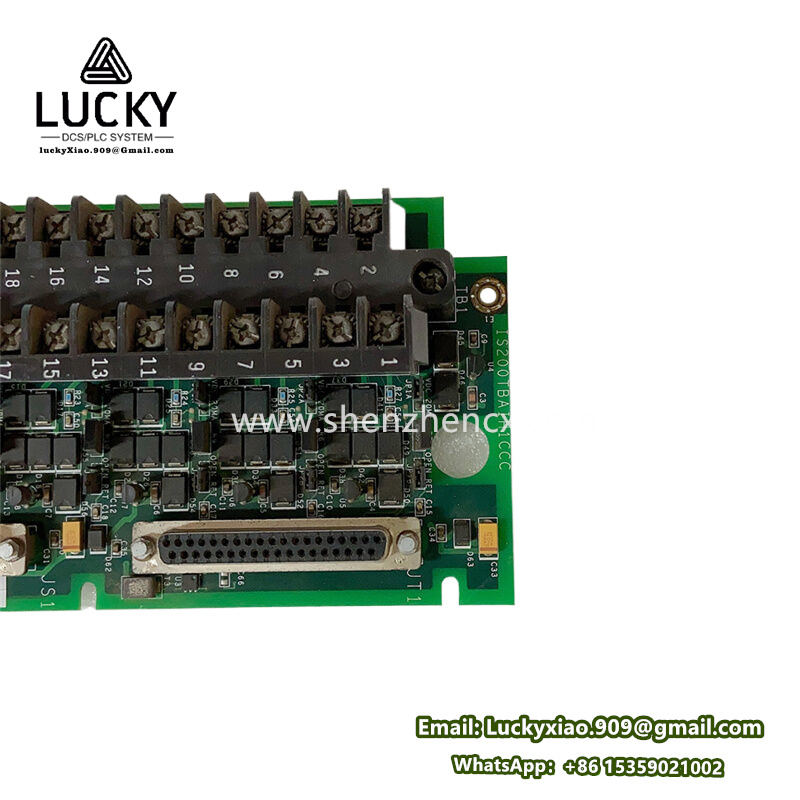
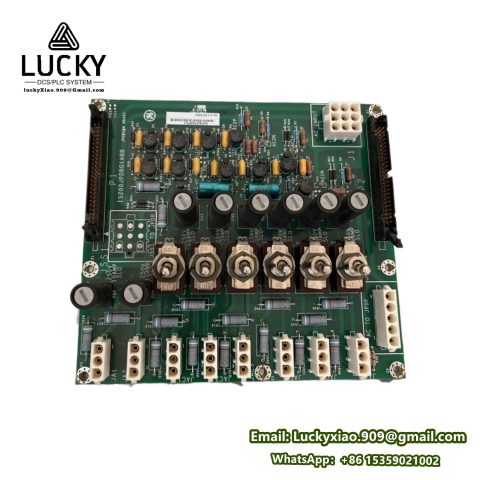
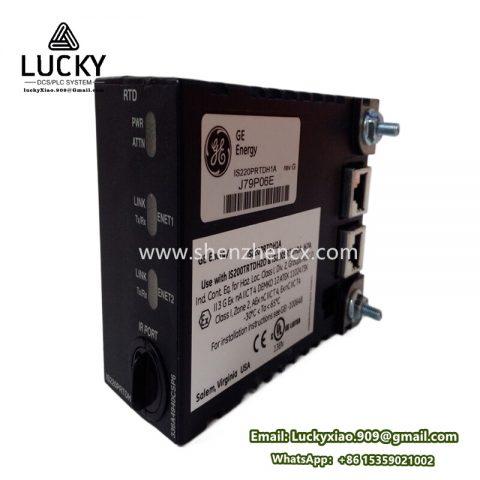
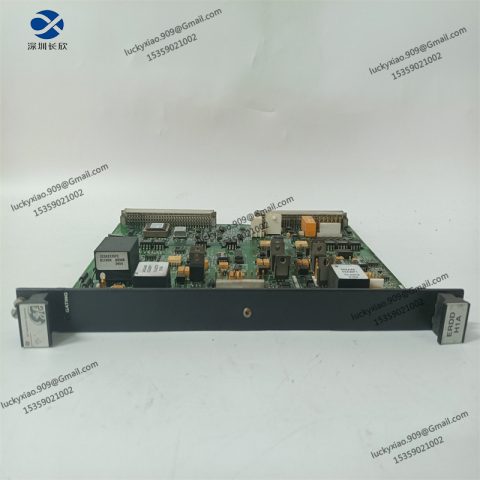
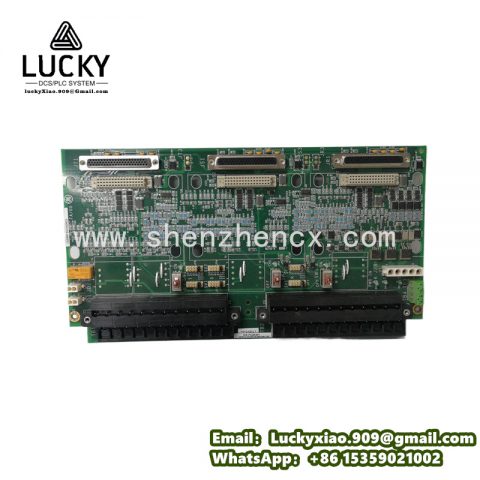
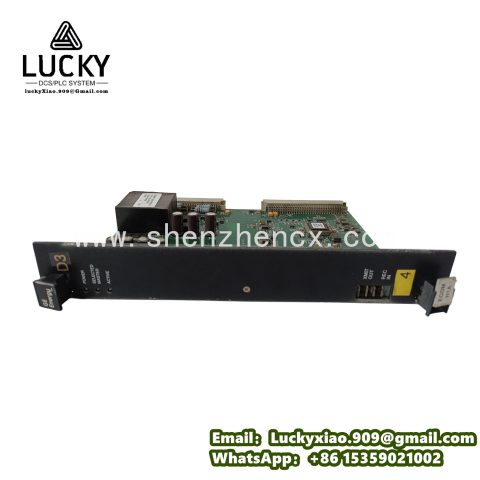
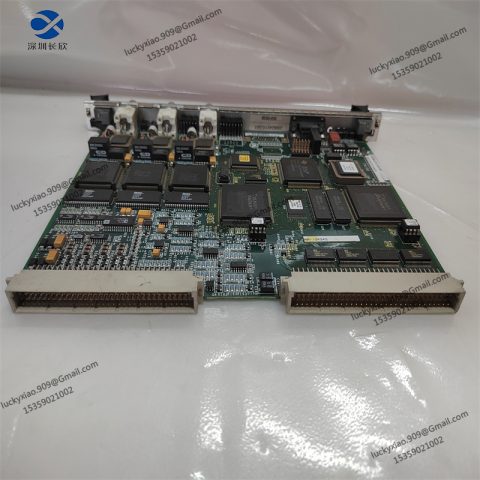
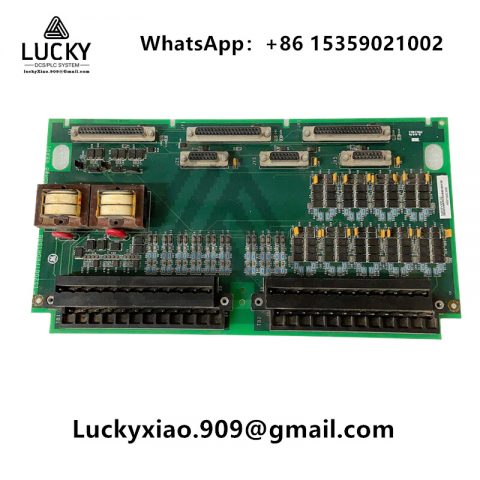
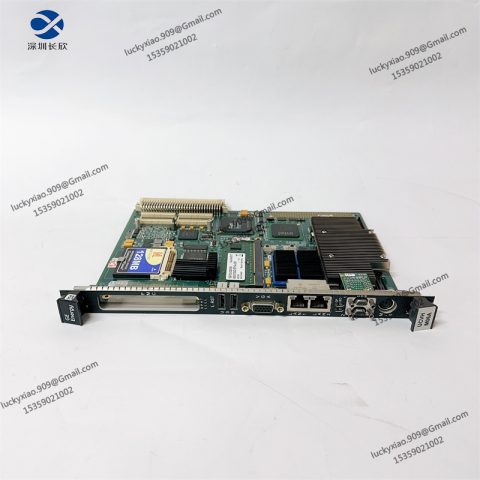
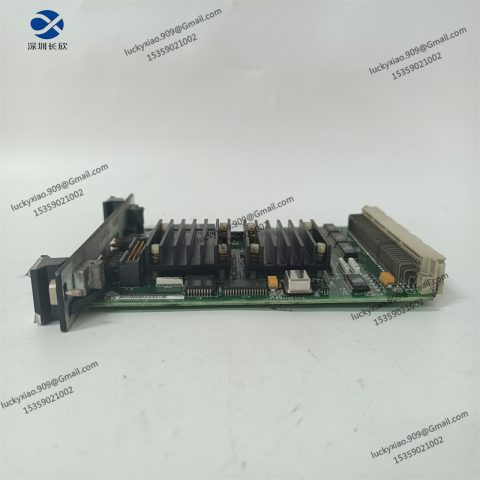
-480x480.jpg)
-1-480x480.jpg)
There are no reviews yet.